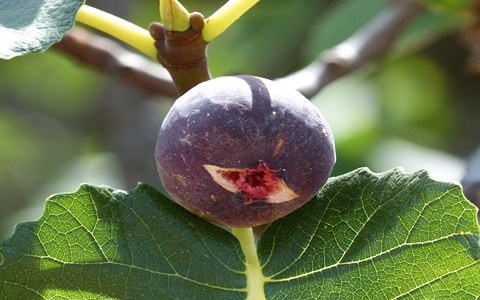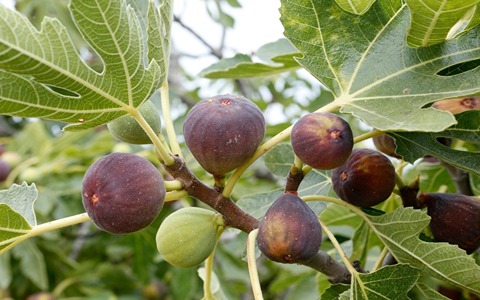When it comes to growing fig trees, ensuring the right soil pH is crucial for experiencing healthy growth and bountiful harvests.
The pH level of the soil directly impacts the tree's ability to uptake nutrients, affecting its overall health and productivity.
So, let's delve into the significance of fig tree soil pH, fig coffee and how to ensure optimal conditions for your beloved fig trees.
Why Does Soil pH Matter for Fig Trees?

Soil pH refers to the measurement of acidity or alkalinity in the soil.
It is measured on a scale of 0 to 14, with 7 being neutral.
Fig trees thrive in slightly acidic to neutral soil conditions, ideally ranging from a pH of 6.0 to 7.0.
Within this range, the tree roots can efficiently absorb essential nutrients, resulting in vigorous growth, increased disease resistance, and abundant fruiting.
If the soil pH is too low (acidic) or too high (alkaline), fig trees may struggle to absorb essential nutrients effectively.
Acidic soil with a pH below 6.0 can lead to deficiencies in key nutrients such as phosphorus, potassium, and calcium.
These deficiencies can manifest in poor growth, weak branches, yellowing leaves, and reduced fruit production.
On the other hand, excessively alkaline soil (pH above 7.0) can hinder the availability of essential micronutrients like iron, manganese, and zinc.
This can stunt the fig tree's growth, cause leaf discoloration, and decrease fruit quality.

Maintaining the Ideal Soil pH for Fig Trees
To maintain the ideal soil pH for fig trees, it is essential to test the soil periodically.
Soil testing kits are readily available at gardening centers and provide a simple way to determine the pH levels.
In case of significant deviations from the optimal range, corrective measures can be taken.
Acidifying the Soil:
If the soil is too alkaline, acidifying agents can be used to lower the pH.
Elemental sulfur is commonly used for this purpose.
However, it is crucial to follow the recommended application rates to prevent over-acidification, which can be detrimental to the tree's health.

Amending the Soil:
In some cases, the soil may have naturally high acidity levels, especially in areas with acidic rainfall or high organic matter content.
In such instances, adding agricultural lime or calcium carbonate can help raise the pH to the desired range.
Mulching:
Using organic materials like compost or leaf mulch can help regulate the pH levels in the soil.
These materials gradually decompose, releasing nutrients and organic acids that promote a healthy pH balance.

The Significance of Monitoring pH Levels
Monitoring the soil pH on an ongoing basis is crucial as fluctuations can occur over time.
Factors such as rainfall, irrigation, and the accumulation of organic matter can influence the soil pH.
By regularly testing and adjusting the soil pH, you ensure that your fig trees receive the optimum conditions for growth, leading to healthier trees and increased harvests.
In conclusion, maintaining the proper soil pH is vital for the overall health and productivity of fig trees.
Understanding the importance of soil pH allows growers to make informed decisions regarding acidification or alkalization of the soil, ensuring that their fig trees thrive.
By investing time and effort into maintaining the right soil pH, you can enjoy the bountiful rewards of healthy and fruitful fig trees year after year.
